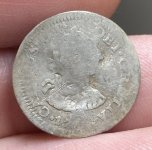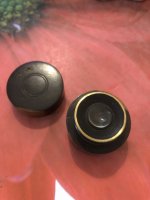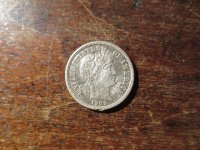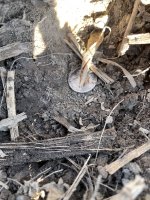Larsmed
Sr. Member
- Jan 10, 2007
- 440
- 47
- Detector(s) used
- Tesoro Sandshark, bh jr.
- Primary Interest:
- Beach & Shallow Water Hunting
hello all
I am interested in finding anything I can about a Spanish galleon wreck called the san augustin that wrecked just south of san francisco, near drakes bay. It was recorded as not a total loss by NOAA. I t was siad the ship carried treasure by historians, however the federal gov reports it was not treasure, just supplies on the point reyes parks site.
To what I have seen it has not yet been found.
I would greatly appreciate any info on this long lost galleon if you can post it!!
thanks
larry
I am interested in finding anything I can about a Spanish galleon wreck called the san augustin that wrecked just south of san francisco, near drakes bay. It was recorded as not a total loss by NOAA. I t was siad the ship carried treasure by historians, however the federal gov reports it was not treasure, just supplies on the point reyes parks site.
To what I have seen it has not yet been found.
I would greatly appreciate any info on this long lost galleon if you can post it!!
thanks
larry












